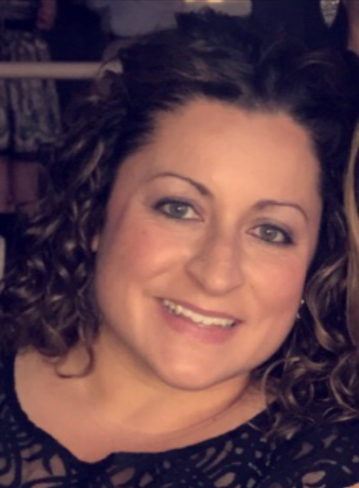Posted in: Aha! Blog > Eureka Math Blog > Implementation Support > Time Frame vs. Task Frame Instruction
I often find myself thinking, there just isn’t enough time in the day. You may have thought that too. Teachers often do. There’s so much content to cover in a day and so little time to do it. As a result, we have to make decisions about how to spend our valuable instructional time. If you’ve ever participated in Eureka Math® professional development, you might have heard our facilitators talk about planning each lesson component as a time frame, not a task frame. Let’s dig into what that means.
Make instructional decisions that fit your lesson time frame.
Eureka Math lessons have extra content, activities, and problems embedded in every lesson to help you differentiate instruction. That means you must make instructional decisions to meet the needs of your students, honor the lesson objectives, and stay within the 45 to 60 minutes allotted for a Eureka Math lesson. This is planning based on a time frame. Task frame instruction, on the other hand, focuses on completing every single task, regardless of how much time those tasks take. Given the purposeful instructional design of Eureka Math, the best way to approach the curriculum is by planning for time frame instruction.
Fluency
Look at the Eureka Math fluency activities as a menu. Pick the ones that best meet your students’ needs—those that prepare your students for the day’s lesson, reinforce previous concepts, or preview upcoming concepts. You don’t need to do all the activities in a given lesson.
Concept Development
Eureka Math provides more problems in each lesson than you will have time to work through with your class in the given time frame. Consider what your students know going into the lesson and choose problems and questions that will move them forward in their conceptual understanding. Don’t use all the problems—just the ones that best meet your students’ needs.
Problem Set
Don’t expect your students to complete the entire Problem Set. Select specific problems for your students to work on during the allotted time. Because some students work more quickly than others, you might choose Must Do problems for all students and Could Do or Extension problems for those who finish early. For more information on how to choose the Must Do, Could Do, and Extension problems, watch our Preparation and Customization webinar.
Debrief
The closing of a lesson is critical. Don’t skip it to save time. As with other lesson components, the debrief contains more questions than you might need or have time for. Go for quality and depth over quantity. Choose questions that reinforce the learning objectives and emphasize new learning and connections between concepts or back to prior lessons.
For each part of a lesson, planning in a time frame means making choices about how you use your time rather than trying to tackle everything. Working within a time frame helps you keep things moving and avoid pacing issues.
Balance your lessons with thoughtful timing for each component.
Your Eureka Math Teacher Edition offers guidance about the amount of time you should spend on each lesson component to ensure that you maintain the balance needed to complete as much of the lesson as possible while still maintaining rigor. On most days, you will be able to spend a portion of your instructional time on each learning activity. Other days, you may choose to omit a fluency activity or some other activity, and that’s okay. Trust your knowledge of your students’ instructional needs. Note that balance is not the same as equal time. For instance, you will likely spend less time on fluency and more time on conceptual understanding. By planning with a time frame in mind, you’ll ensure that you don’t cut any critical lesson components simply because the clock ran out.
Allow proficiency to develop over time.
Knowing that students develop proficiency over time—not at the end of a particular lesson or module—is key to maintaining your pacing with the curriculum. When you embrace time frame planning, you rely on students gradually moving from partially proficient to proficient to highly proficient over many lessons. With Eureka Math, you can trust that students will have more opportunities to develop and practice skills through future fluency activities and new problems that use prior knowledge. Planning with a time frame in mind means you can keep going, maintain your pace, and help students learn more mathematics.
Submit the Form to Print

Meghan Barrios
Meghan Barrios is a Eureka Math Implementation Leader. She provides professional development and implementation support to schools and districts using Eureka Math across the country. Prior to joining Great Minds, Meghan served as a Director of Mathematics and Principal in New York City.
Topics: Implementation Support











